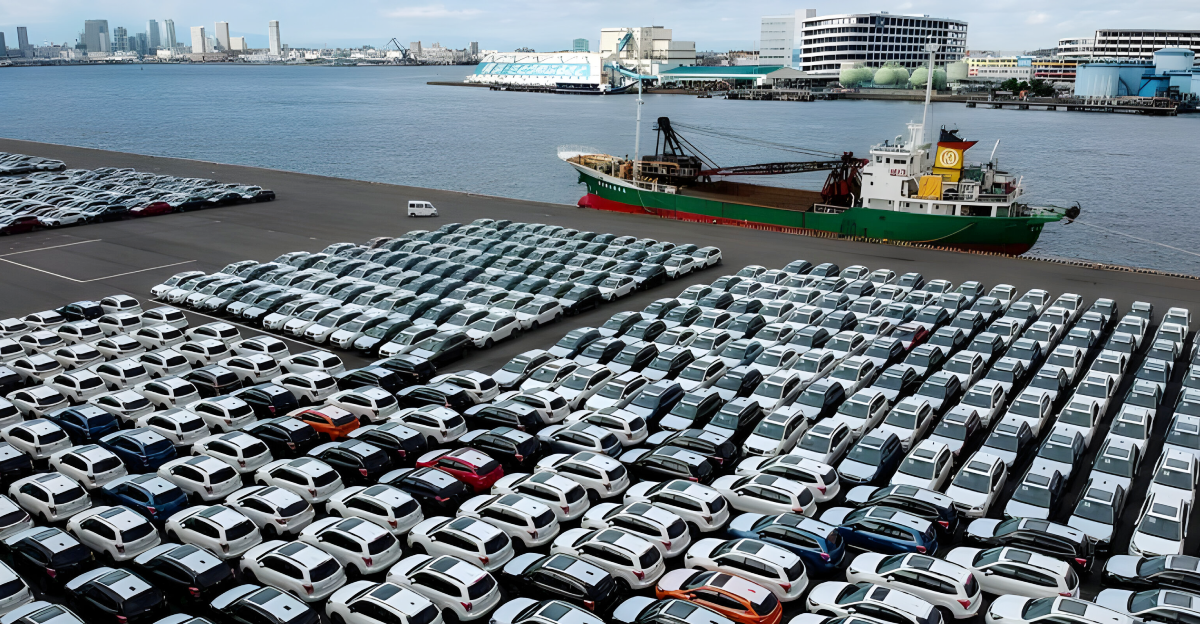
A new trade agreement between the U.S. and Japan has just been announced, and while Wall Street seems pleased, Detroit isn’t exactly throwing a party.
Some automakers are worried, unions are upset, and investors are watching closely. The deal lowers tariffs on Japanese vehicles entering the U.S., which could change car pricing, production strategy, and even global factory decisions.
But why the frustration from U.S. automakers when their stocks are climbing? To understand the full story, we need to look beyond the stock charts and examine what this deal actually means.
What the Deal Actually Does
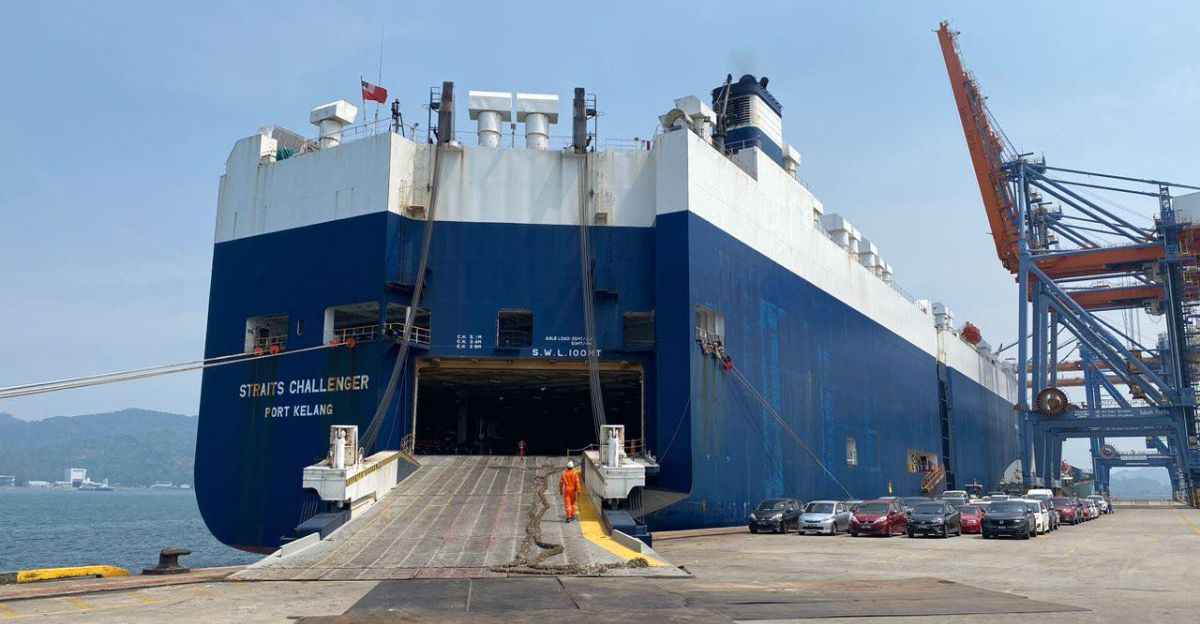
Under the new agreement, tariffs on Japanese car imports into the U.S. will drop from 27.5% to 15%. That’s a significant cut, and it makes Japanese-made vehicles much cheaper to sell in the U.S. market.
For automakers like Toyota and Mazda, this is a clear win. For U.S.-based automakers, however, the picture is more complicated.
They now face situations where vehicles made in North America may be taxed more than those built overseas.
Why Wall Street Is Cheering
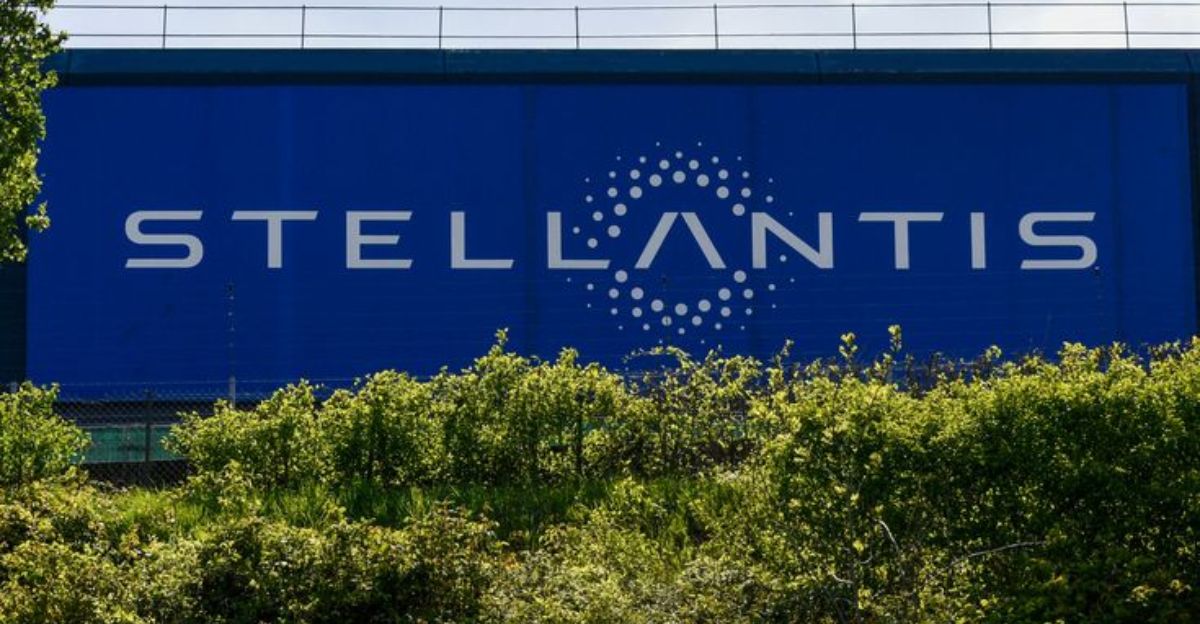
Shares of GM and Stellantis rose sharply following the announcement: up 9% and 12% respectively. Investors seem to be betting on broader trade reform and long-term cost savings.
Ford’s stock also ticked up, but less so, as it already manufactures most of its U.S.-sold vehicles locally. For the market, this deal signals a shift that could reduce international trade tensions. But for manufacturers, the focus is on margins, logistics, and fairness.
A Growing Tariff Imbalance
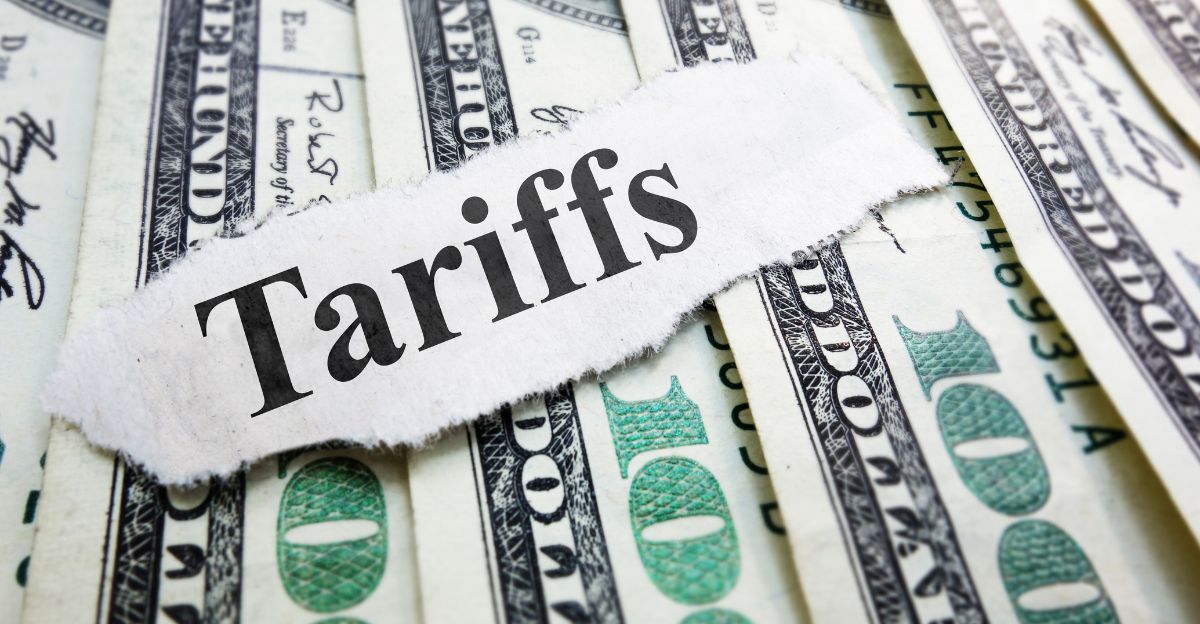
Here’s where it gets tricky: vehicles assembled in Mexico or Canada by American automakers continue to face significant tariffs when imported to the U.S., while Japanese automakers will pay the reduced 15% rate under the new deal.
This creates a scenario where foreign-produced vehicles could be taxed less than those built across the U.S. border. Many see this as an uneven playing field that disadvantages North American production partnerships.
Lobbyists Sound the Alarm
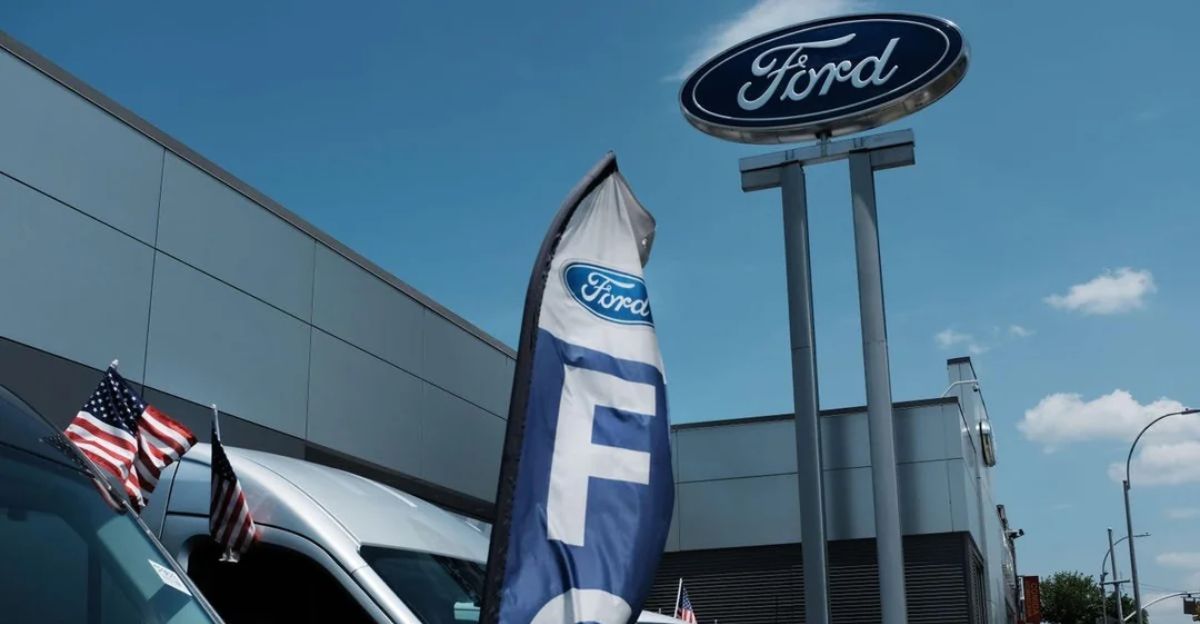
The American Automotive Policy Council, representing the Detroit Three (GM, Ford, and Stellantis), voiced concern that the agreement gives foreign automakers an easier path into the U.S. market.
Industry representatives warn that if similar deals are made with countries like South Korea, those nations could become new low-cost production hubs, undercutting North American manufacturing in both labor cost and tax treatment.
Concerns About Production Shifts

Industry analysts express concern that South Korea and other countries could become preferred low-tariff vehicle export bases for the U.S. market.
Automakers fear that this would accelerate offshoring to countries with lower tariffs, further shrinking the advantages of local production. The concern isn’t just about Japan. It’s about what this deal might set in motion globally.
Union Response: Strong Opposition
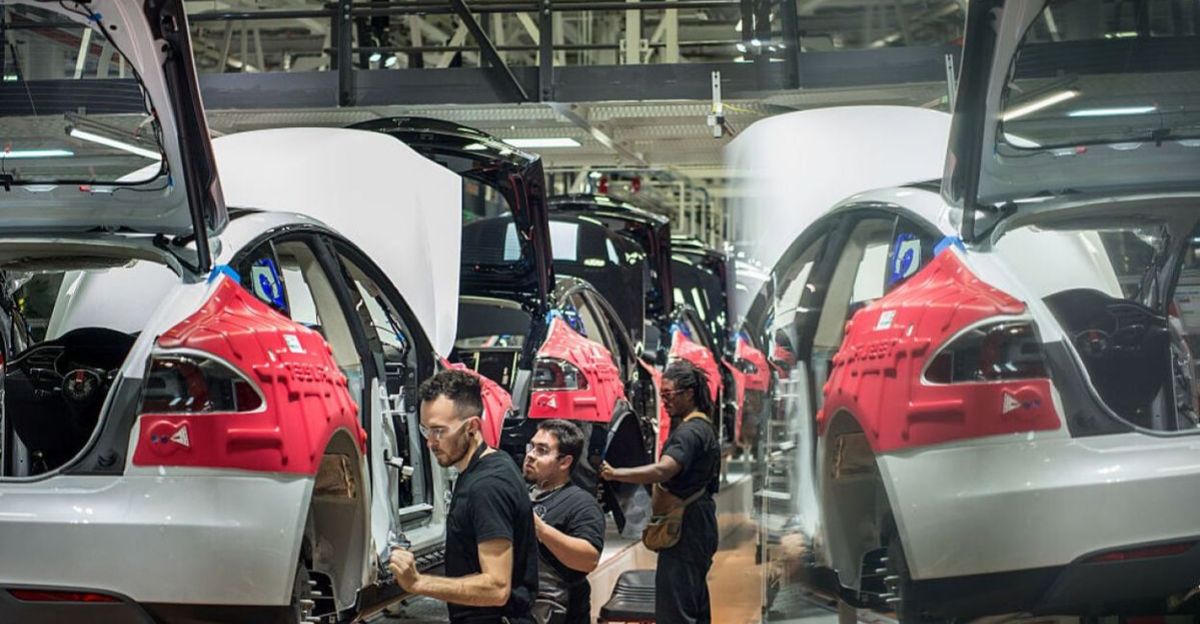
The United Auto Workers union strongly opposed the deal in public statements. Their frustration stems from the belief that the policy favors imports over domestic manufacturing.
With jobs and wages on the line, union leaders are calling for re-evaluating how these deals are structured and who they truly serve.
GM’s $1.1 Billion Tariff Hit
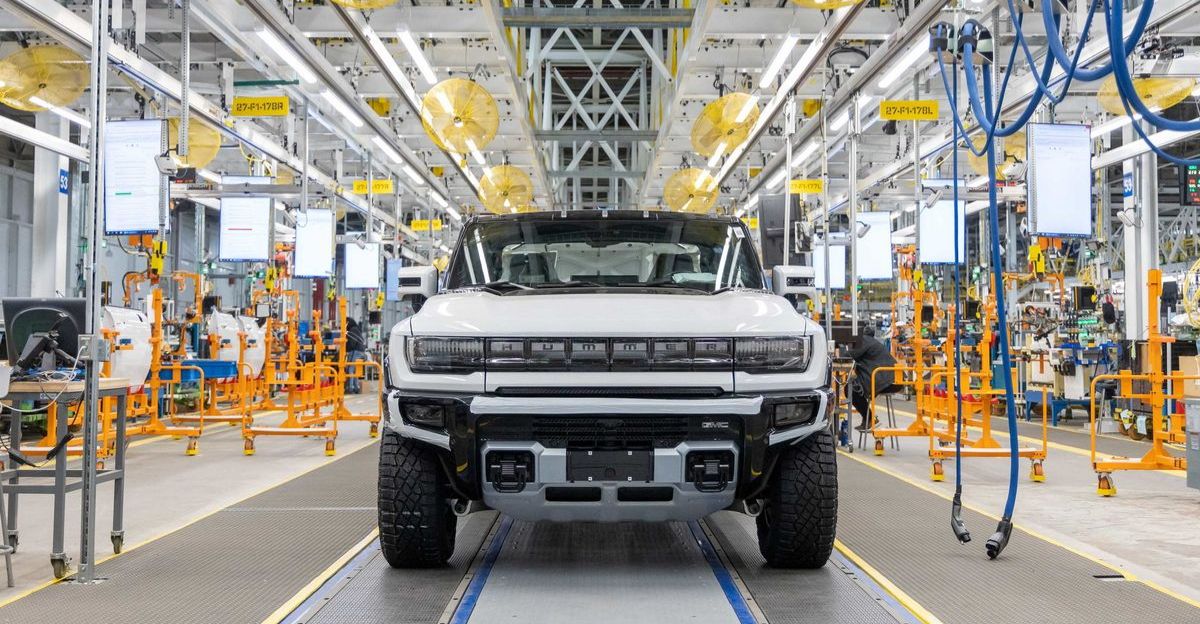
Just hours before the trade deal was announced, GM revealed it had lost $1.1 billion in profits due to tariffs, mainly from imports from Mexico and Canada and raw materials like steel and aluminum.
That loss casts a harsh light on how current policies impact domestic automakers. Reducing tariffs for overseas competitors while maintaining high levies on regional partners adds insult to injury.
Japanese Automakers Stand to Gain
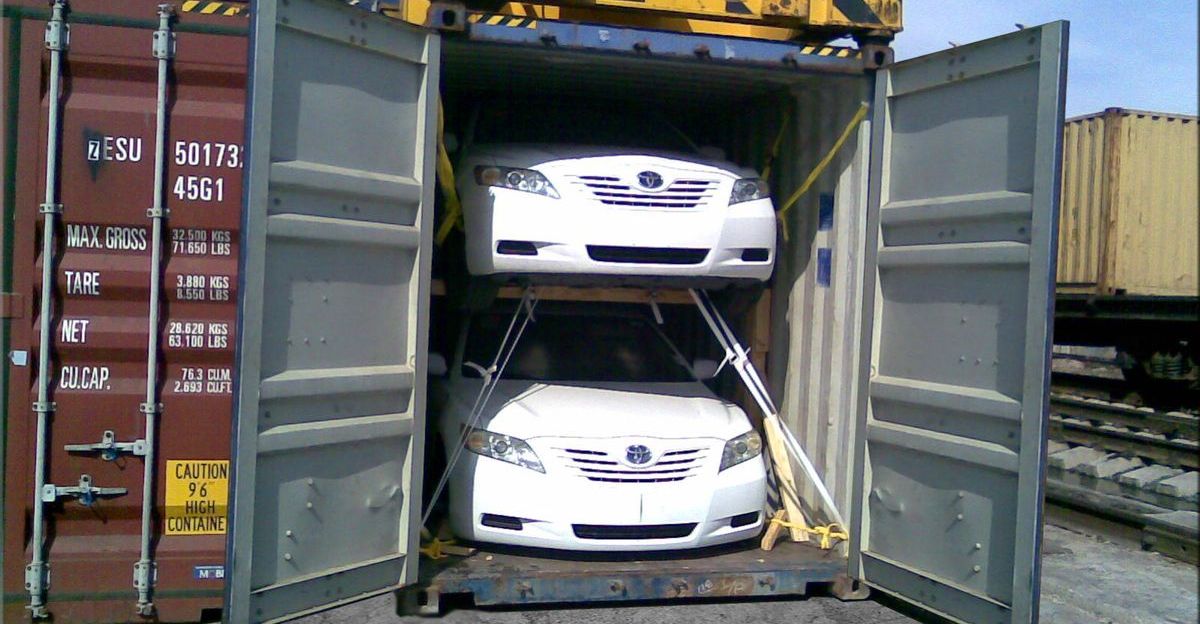
Companies like Toyota, Subaru, and Mazda import a significant portion of their U.S. inventory directly from Japan.
With lower tariffs, they’re in a strong position to offer competitive pricing or higher margins. This represents a direct competitive advantage when affordability and pricing matter more than ever to consumers.
Mixed Signals for the Industry
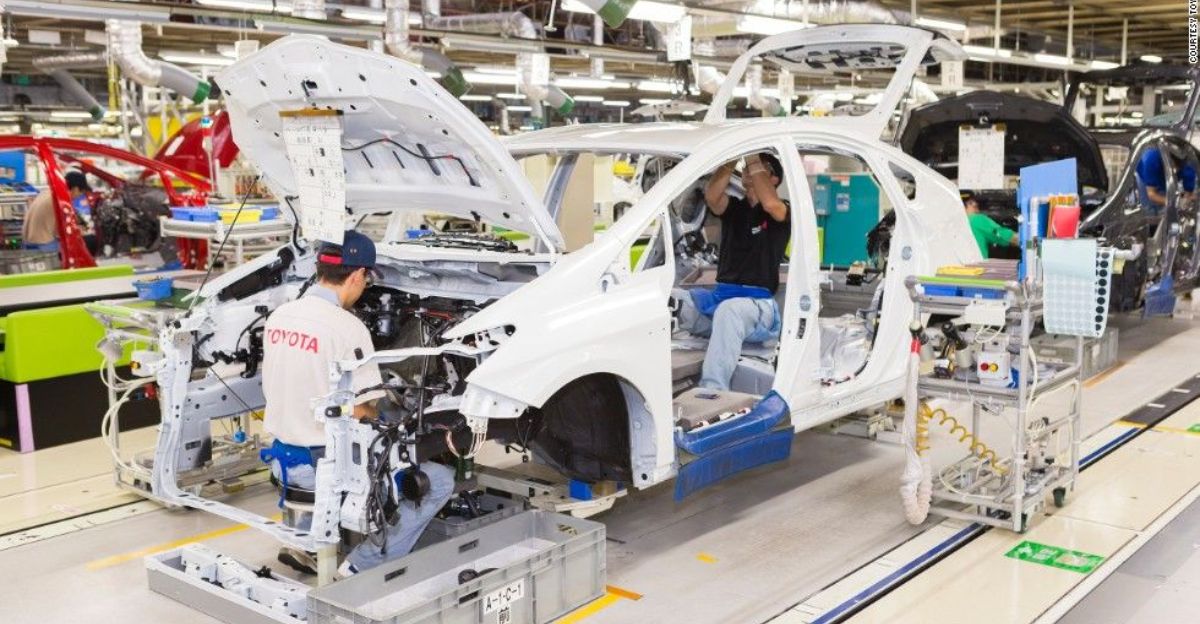
While Japanese automotive stocks jumped after the announcement, American automakers are stuck between cautious optimism and growing worry.
On one hand, the deal could open doors for future negotiations that benefit everyone. On the other, it could speed up foreign competition in the very markets U.S. companies have long dominated.
A Shift in Global Strategy?
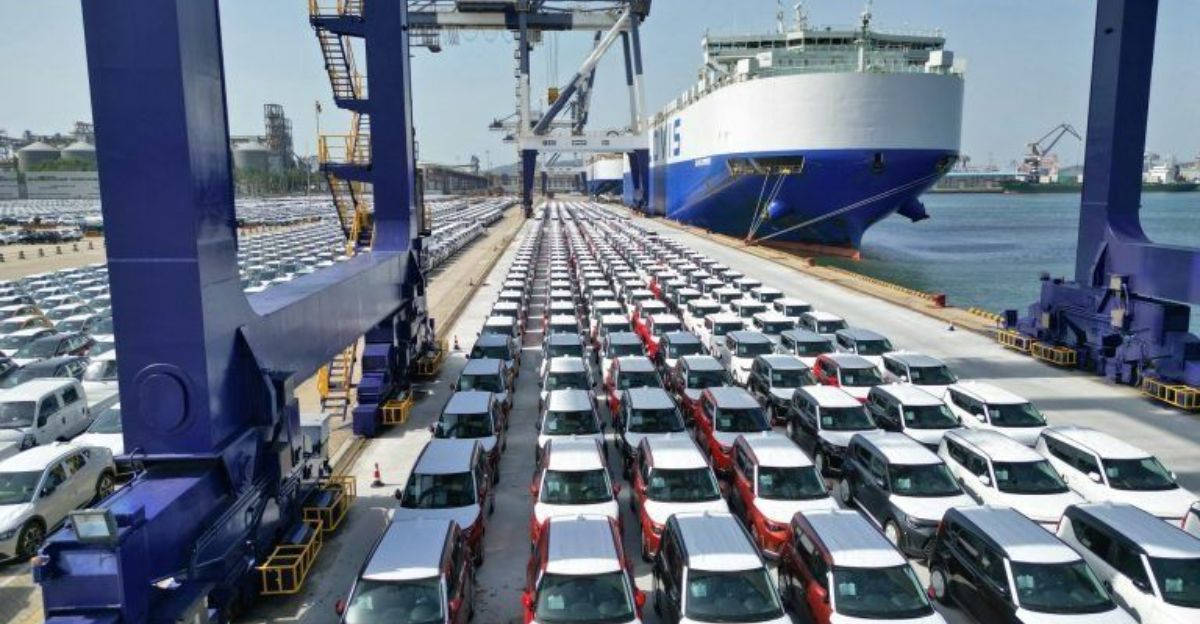
Manufacturers may consider adjusting their production strategies if Japan becomes a cheaper export base for cars headed to the U.S.
It’s not just about trade policy, it’s about where automakers place their bets in the future. Whether Japan, South Korea, or another nation becomes a preferred production hub will depend heavily on how trade rules evolve in the coming months.
Ford Plays It Safer
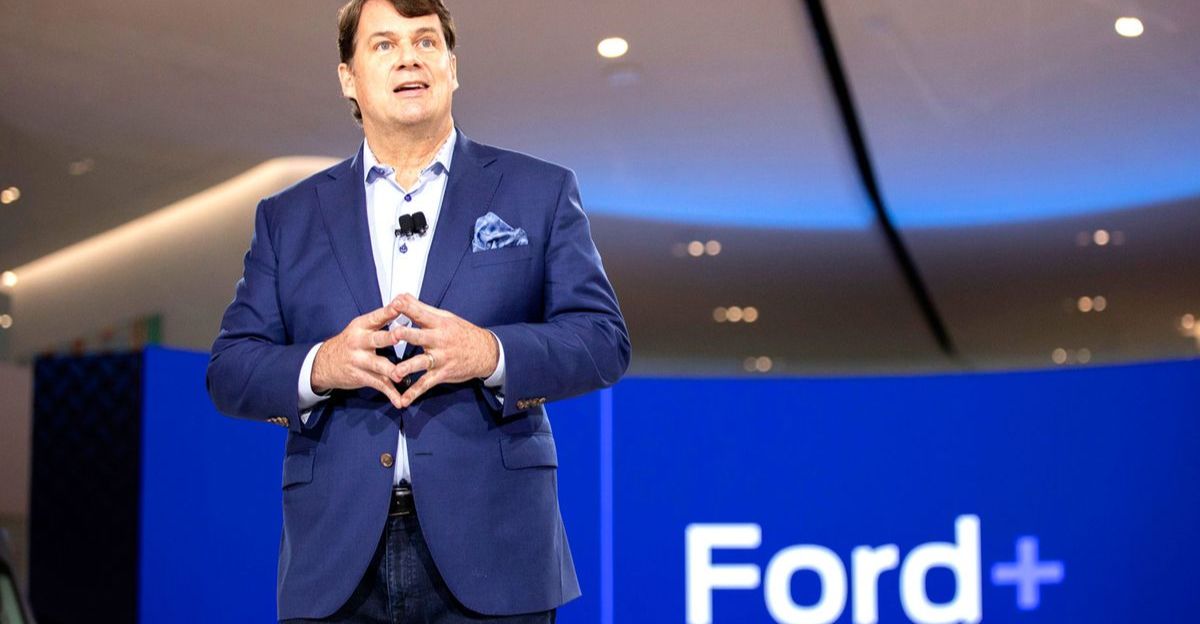
Unlike GM and Stellantis, Ford has been less impacted because it already produces most of its U.S.-sold vehicles domestically.
This may insulate the company from some of the risks posed by tariff shifts. However, CEO Jim Farley has previously criticized trade proposals that could benefit import competitors, a concern that now feels more relevant than ever.
Government’s Conditional Approach
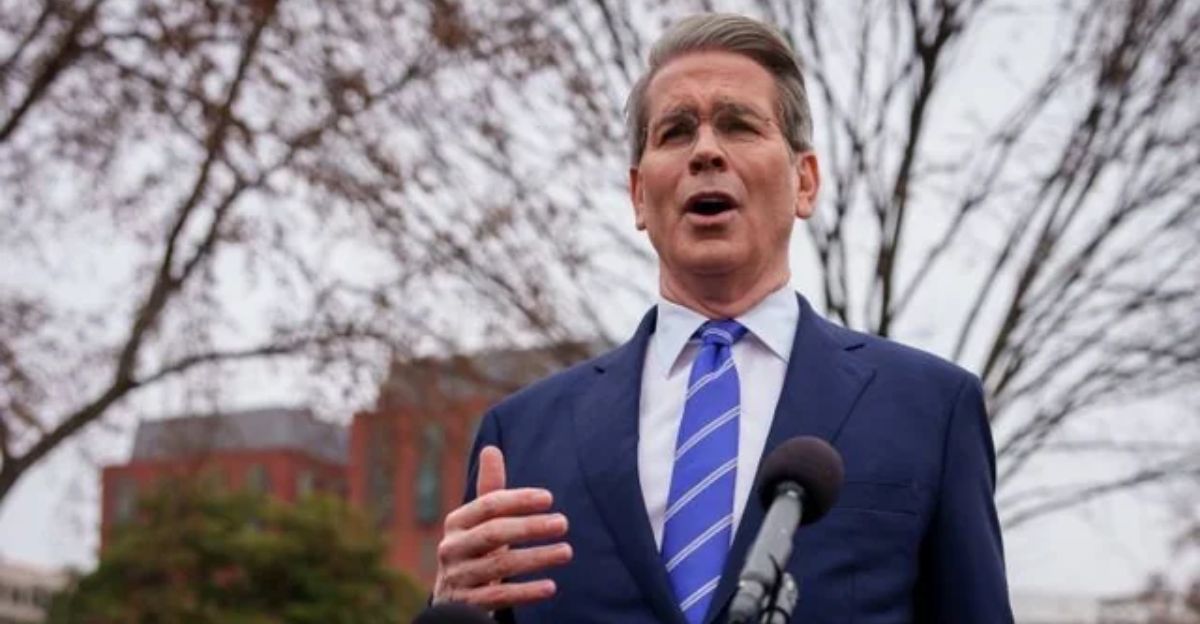
Treasury Secretary Scott Bessent has indicated that the agreement includes compliance mechanisms and regular reviews.
The administration has made clear that the reduced tariff rates are conditional and could be adjusted if terms aren’t met. This sends a message that the deal comes with expectations and ongoing oversight.
What This Means for Car Buyers

For now, the average car buyer might not notice much. But in the long run, lower tariffs could mean more competitively priced Japanese vehicles in U.S. showrooms.
Meanwhile, domestic automakers may face tough decisions about pricing, production locations, and cost-cutting to stay competitive.
Consumers may benefit from potential price advantages—but questions remain about long-term impacts on the domestic industry.
The Bigger Picture
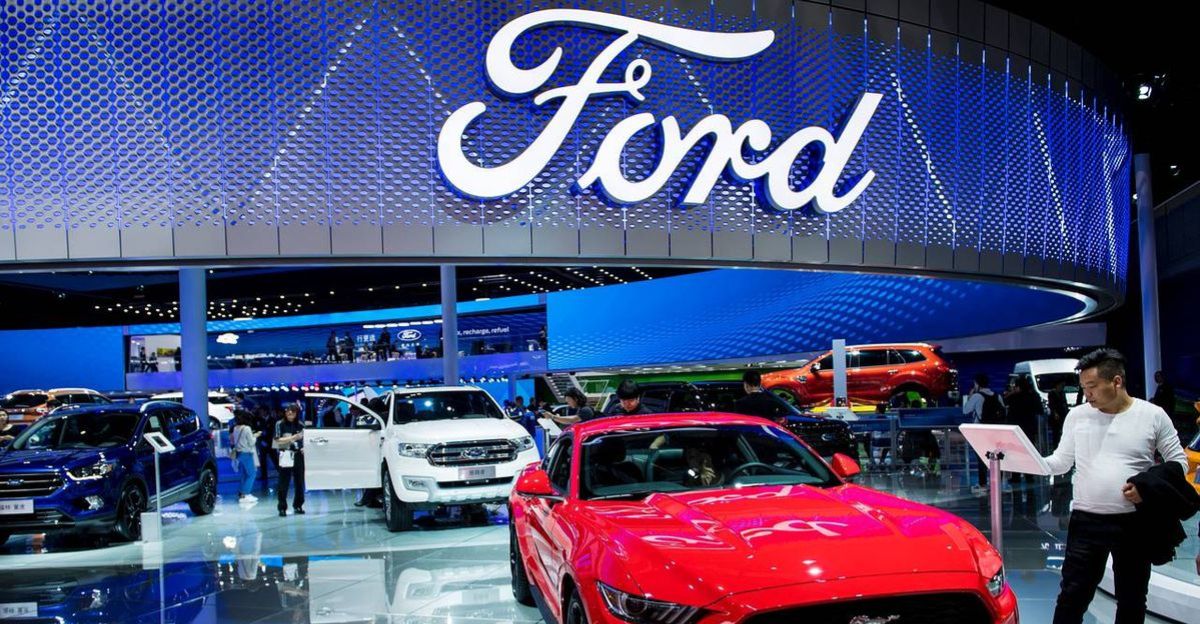
This deal isn’t just about cars—it’s about who shapes the future of manufacturing and trade. The U.S.–Japan agreement could become a blueprint for future deals with other countries, reshaping supply chains, labor markets, and economic alliances.
For automakers, it’s both a warning and an opportunity. For policymakers, it’s a balancing act between economic growth and protecting domestic industry. Only time will tell who wins.